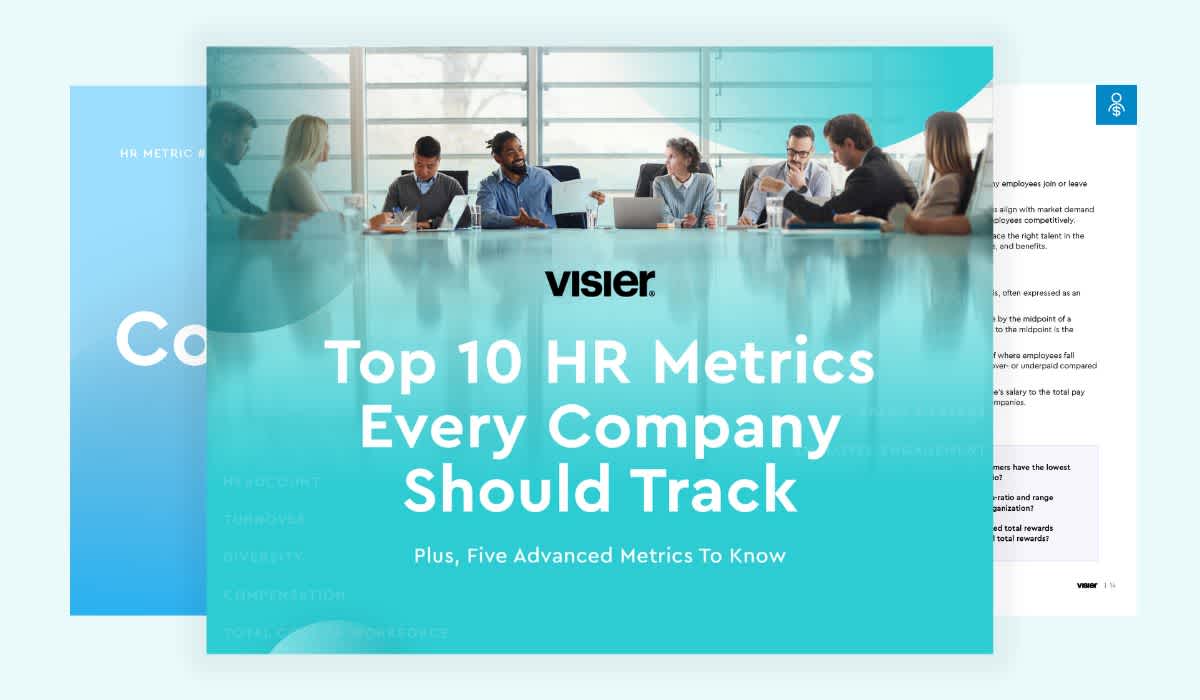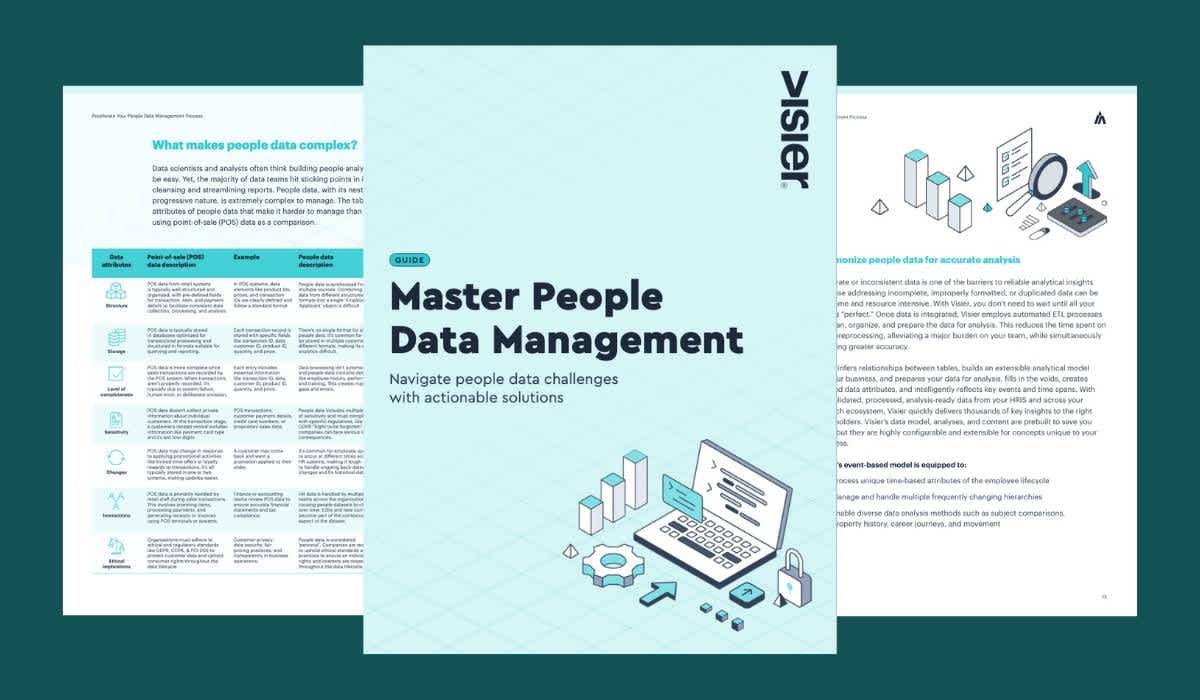The Role of Natural Language Processing in HR Software
HR software that leverages NLP helps businesses link all of their HR processes together, enabling them to take more deliberate actions. So what is NLP? Read more to find out.

In today's dynamic workforce landscape, robust HR technology has become vital for HR professionals aiming to streamline operations, enhance employee experiences, and drive strategic decision-making. HR software can help businesses link all of their HR processes together by translating job descriptions, training content, or even the CVs of their candidates into skills, enabling them to take more relevant actions. Natural Language Processing (NLP) plays an essential role in optimizing the analysis and management of this HR content.
What is natural language processing?
NLP (Natural Language Processing) is a branch of artificial intelligence that focuses on human language. Combining linguistics, computer science, and AI, NLP aims to make written or spoken language understandable to machines. It relies on syntactic and semantic analysis algorithms allowing machines to understand human language, handle it, and generate it.
Pro tip: Syntactic analysis sheds light on the structure of a text, while semantic analysis provides the meaning of a sentence in a context.
How does natural language processing work?
A pre-processing phase of the information to be analyzed is often necessary before using NLP techniques. This preparatory stage allows the raw content—for example, the text of the job description, the training description, or the candidate's CV—to be transformed into data that computers can use.
The methods used for this preparatory work vary according to the nature of the data provided. Sometimes it is necessary to separate the words of a sentence into several parts called "tokens" to keep only the root of the words (stemming) or remove punctuation and numbers.
Natural language processing methods
There are three main approaches to natural language processing: rule-based methods, machine learning techniques, and deep learning techniques.
1. Rule-based methods
These methods consist of establishing rules based on the utilized data and the purpose of the analysis. They can be used to solve simple problems such as extracting structured data from unstructured data. For example, rule-based methods can identify the parts of a resume related to a candidate's education or work experience based on keywords.
2. Machine learning techniques
Machine learning is a branch of artificial intelligence that allows machines to learn from data with little or no human intervention. There are two types of machine learning:
Supervised machine learning: In supervised machine learning, the result to be obtained is already known, and the goal is to teach the algorithm to associate new data with previously identified data. This type of machine learning allows us to associate a new job title with a job already identified, for instance.
Unsupervised machine learning: Unsupervised machine learning operates without a predetermined outcome. This version of machine learning uses clustering, for example, which organizes data into categories without predefined labels or knowing what the categories correspond to.
Machine learning techniques need a large amount of data to perform well. The more data provided to the algorithm, the better it gets. However, one of the limitations of machine learning is that it depends on the quality and quantity of the training data. Moreover, most of these techniques eventually stop improving with the volume of data, which is not the case with deep learning techniques.
3. Deep learning techniques
Deep learning is a subcategory of machine learning that uses artificial neural networks to simulate brain function. Like the neural networks in the brain, artificial neural networks are structured in several successive layers of neurons, and the greater the number of layers, the deeper the network.
Deep learning techniques do not require identifying variables to be searched for in the data in advance, as the algorithm can identify them by itself. These techniques are particularly used in the analysis of unstructured data, such as textual data. The best results currently obtained in NLP are thanks to word embedding techniques, which use complex artificial neural networks.
Within human resources, deep learning techniques are used to extract skills from training content, CVs, or job descriptions.
Deep learning models require more significant amounts of data to learn than machine learning, but unlike machine learning, they continue to improve with new data. Furthermore, one of the main limitations of deep learning is the computational power required by neural networks.
The role of natural language processing and skills intelligence
Skills intelligence can help HR teams and people leaders make sense of their organization's skills journey by automatically processing skills data continuously without bias. With this understanding, they can objectively answer what skills they have, what skills they need, and how to fill the skills gap. We have seen this benefit a few HR processes across the entire employee lifecycle:
Recruitment:
Requisition Parsing: NLP can extract required skills, qualifications, and experience, making it faster and more accurate to match candidates with job requirements.
Candidate Matching: NLP can automatically assess candidate applications based on their past experiences against job requirements, helping recruiters identify the best candidates more efficiently.
Talent Management:
Skills Gap Analysis: NLP can analyze employee profiles and job descriptions to identify gaps in skills and competencies, helping organizations plan training and development programs.
Personalized Learning Plans: NLP can recommend personalized learning paths and content based on an employee's career advancement goals.
Learning and Development:
Effective Organization: NLP can extract relevant skills from a course to avoid content becoming a black hole and surface more value.
Content Recommendation: NLP can analyze course syllabuses and recommend relevant content to learners based on their goals and interests.
Reduce your time to build skills intelligence
Elevate your recruitment, talent management, and learning strategies with natural language processing capabilities available in Visier's skills Intelligence APIs. Our extensive skills engine covers 3,300 standardized occupations and over 14,000 standardized skills across 27 industries, available in more than 100 languages. Our APIs offer a range of functionalities, including jobs and skills ontology, job standardization, skills extraction, and skills matching, all tailored to your software requirements. For more information, visit here.
On the Outsmart blog, we write about workforce-related topics like the top talent acquisition metrics your software should offer, how to add insights where they matter with contextual analytics, and how predictive people analytics helps businesses of all sizes thrive. We also report on trending topics like ESG and EU CSRD requirements and preparing for a recession, and advise on HR best practices like how to create a strategic compensation strategy, metrics every CHRO should track, and connecting people data to business data. But if you really want to know the bread and butter of Visier, read our post about the benefits of people analytics.



